Jeremy Corbyn v Boris Johnson: the tactical battle for Britain
Boris Johnson holds a clear lead in the polls but the UK election is unlikely to be that simple. Here’s everything you need to know.
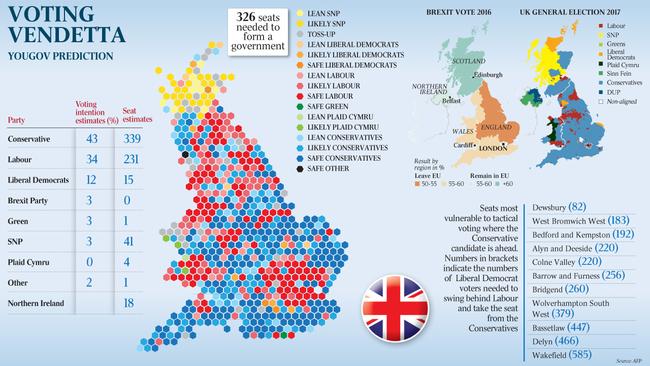
Boris Johnson has iced cupcakes with the slogan Get Brexit Done, glueing his sleeve to his arm with the topping while encouraging visitors to a Jewish bakery to vote Conservative.
In the last day of the campaign before Thursday’s British general election, Labour Party leader Jeremy Corbyn will be hoping the “oven-ready” Brexit deal the Prime Minister has negotiated with the EU comes to grief with a similarly sticky electoral mess.
The pollsters, meanwhile, are less than eager to declare the predictions their data has cooked up — hedging their bets between a slim Tory win or more chaos in a hung parliament if the Tories fail to secure the 326 seats required to form a majority government.
The Tories may be ahead by up to 11 points in some polling, but on a seat-by-seat basis the prediction is for the Tories to win a clear majority of up to 367 or enter a hung parliament with as few as 311 seats. Most pollsters predict the Tories could win 40-45 per cent of the vote, with Labour getting 31-36 per cent.
READ MORE: UK election now on a knife edge | Experts trust polls predicting Tory win | Aussies to be treated ‘the same as French | Corbyn fights the elite | Conservative lead narrows | What Britons could wake up to on Friday | Adam Creighton — why austerity is now a spent force
Yet in the final hours Labour continues to squeeze the gap as tactical voting comes into play and the Liberal Democrat vote outside London trends down.
“We cannot rule out a hung parliament,’’ says Anthony Wells, YouGov’s director of political research. Experts say just 40,000 voters in about 36 seats will determine the result.
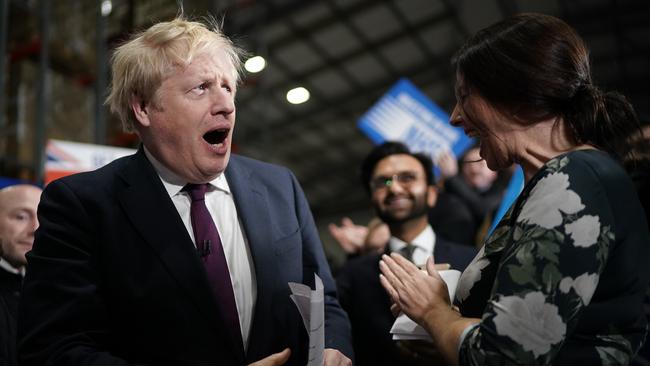
Despite the apparent lead held by the Tories — and with Johnson clearly considered the more prime ministerial — Corbyn could sneak through on the back of his Mediscare-style claims that the Tories would put up the National Health Service for sale.
Then there is the last-minute push by anti-Brexit lobbyists promoting anti-Tory tactical voting in the first-past-the-post election, which could swing dozens of seats.
No matter the result, tens of millions of Britons will wake up on Friday the 13th thinking it is a nightmare, such are the divisions across the axes of age and region and over the issues of Brexit and Scottish independence.
Brexit, actually. pic.twitter.com/4ryuh19c75
— Boris Johnson (@BorisJohnson) December 9, 2019
Johnson says a vote for Labour is a vote for dither and delay, resulting in not only the Brexit re-run but another shot at Scottish independence.
But in families that have voted Labour for generations, especially in the Midlands, the concept of putting a cross in the box for a Conservative MP is a dilemma.
If you're not sure who to vote for, watch this. pic.twitter.com/rBCBLzfoRp
— Jeremy Corbyn (@jeremycorbyn) December 11, 2019
Political analyst Lewis Baston says the turnout of the young and the elderly, and the Midlands and parts of Wales, will be crucial.
-
Seats to watch
At 9am (AEDT) on Friday we will receive a hint of the final result when an exit poll is released immediately after polls close.
Some of the seats to watch are Chingford and Wood Green held by Tory Brexiteer Iain Duncan Smith. The seat was split 50-50 in the 2016 Brexit referendum.
Another is Esher and Walton, where Brexit secretary Dominic Raab is under threat from the Liberal Democrats.
Duncan Smith leads in his seat by only 2 per cent from the Labour candidate, while Raab, who went into the election with a majority of 27,000, has been pegged back to a 2 per cent margin.
In Beaconsfield the former Tory, now independent, Dominic Grieve had a 27,000 majority in 2017 but could be toppled by the Tory candidate.
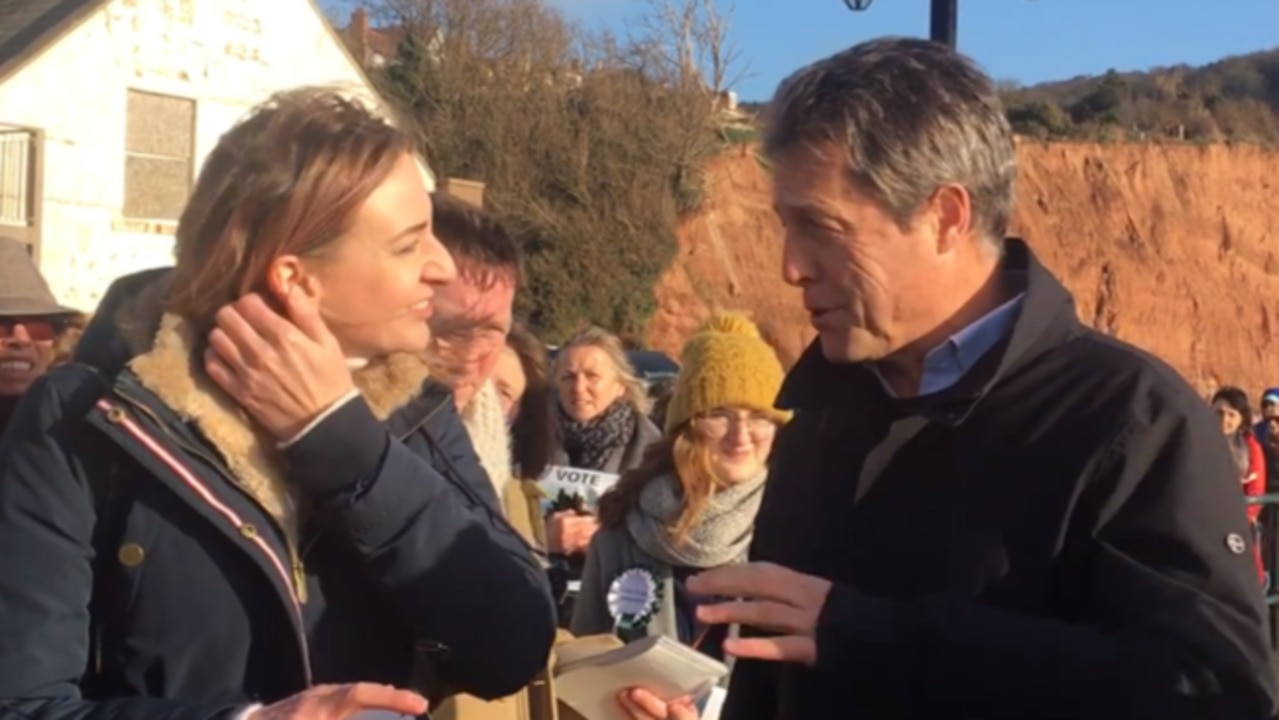
Liberal Democrat leader Jo Swinson is also under threat from the Scottish National candidate in her seat of East Dunbartonshire.
But Welsh marginals, such as Wrexham and Vale of Clwyd, will give a sense of how the counting is faring: the Tories have to win seats such as this to forge a majority.
Labour is also expected to struggle to hold in constituencies such as Bassetlaw, Barrow and Furness, Penistone and Stocksbridge.
But if the tactical voting campaign is successful, Labour will pick up seats such as Sunderland, Kensington and the Leave-majority Workington.
One seat of particular interest is that held by Johnson in Uxbridge and South Ruislip.
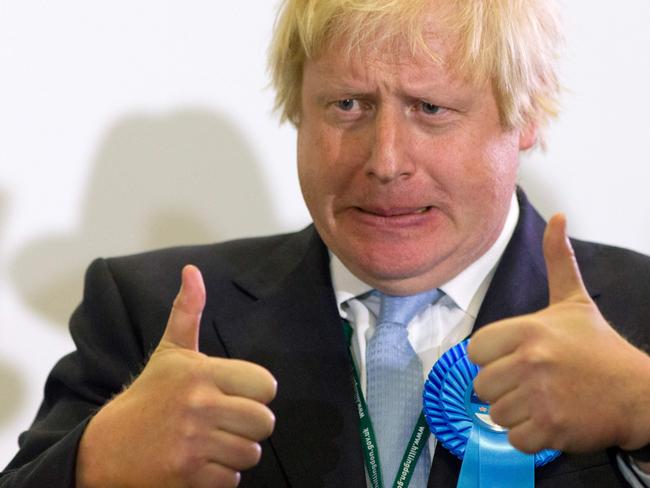
Pollster Datapraxis said the Prime Minister, even with a Tory swing across the nation, could still lose his seat because of large-scale tactical campaigning and a voting surge of typically under-represented groups such as under-40s and ethnic minorities.
The seat has been Conservative since 1970 and Johnson won with a majority of 5034 in 2017 — a big decrease on the 2015 election margin of 10,695.
Datapraxis says even though polling indicates a potential Johnson win of 7405, the result could be influenced by 6300 ballots moving against him in tactical voting.
About 1840 more votes will boost the Labour candidate, Ali Milani, 25, a former official of the Brunel University student union. Just 10 per cent more young people need to turn out to get Milani over the line.
Protest candidates Lord Buckethead and Count Binface have also lobbied for their supporters to back Milani and make Johnson “one of the big beasts to fall’’.
-
Polarised populace
After six weeks of intense campaigning, 46 million voters will choose between diametrically opposed positions in a seismic ballot. In the past few weeks the public has shifted back to the two major parties: the Tories and Labour.
The Liberal Democrats will rely on tactical voting to pick up a dozen seats, such as Richmond, and the Scottish National Party is campaigning not on Brexit but on independence, and should end up with around 43 seats.
Up to 21 per cent of voters still say they are undecided. This hesitancy to change lifelong voting patterns has experts in a quandary.
The choice is stark and there is no middle ground. Brexit: yes or no? Can you trust Johnson and give the Tories another five years? Can you ignore Corbyn’s anti-Semitism? Believe the Santa’s sack of Labour spending without big tax increases? Is Corbyn’s far-left nationalisation manifesto worse than economic upheaval of Brexit? On top of that, heavy rain and wind are forecast on election day, which could affect voter turnout.
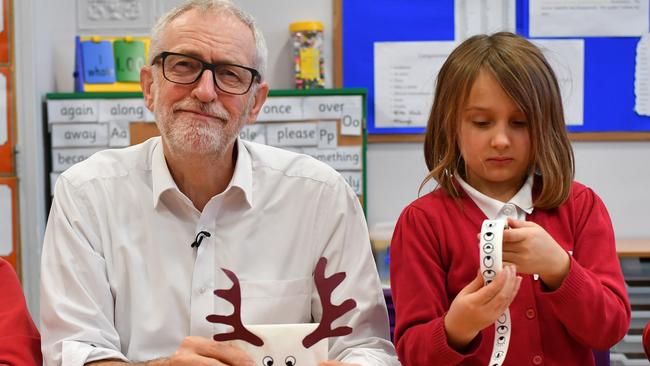
Both parties have released their plans for the first 100 days in office to give a sense of the priorities away from Brexit.
Johnson has promised that by March 21 he will stage a Commons vote on Brexit, a Queen’s speech and a post-Brexit budget. His party will legally guarantee an extra £33.9bn ($65bn) a year in NHS funding until 2023, look to produce a tax-cutting budget for families in February, end automatic early release of serious violent and sexual offenders, increase funding for schools, charge migrants to use the NHS and improve mobile phone signals in rural areas.

Corbyn says the first Labour budget will end austerity in social security and public services, part of its £150bn social fund; get money flowing to neglected communities as part of the £250bn Green Industrial Revolution; and begin the nationalisation of the first tranche of utilities, the energy sector and water. People’s assemblies will oversee the running of these government enterprises.
Shadow chancellor John McDonnell also promised a new unit overseeing a national investment bank, a post bank and regional development banks that would be set up before Christmas.
The country must brace itself for Brexit to occur just six weeks later, on January 31, if Johnson wins, or prepare for six months of Brexit referendum campaigning if Corbyn triumphs. Best for Britain campaigners, who argue that at least 36 seats are vulnerable to tactical voting, say if Johnson wins, the anti-Brexit fight intensifies.
“Leavers didn’t give up in 1975 (when Britain joined the EU, and we won’t either,’’ Best for Britain chief executive Naomi Smith says.
People’s Vote leader Stuart Hand says millions of people who have marched for a second Brexit vote are mobilised.
“Activists are extremely fired up, they are not going to go away,’’ he says. “They may take a breather but what shape that campaign takes is still to be decided.”
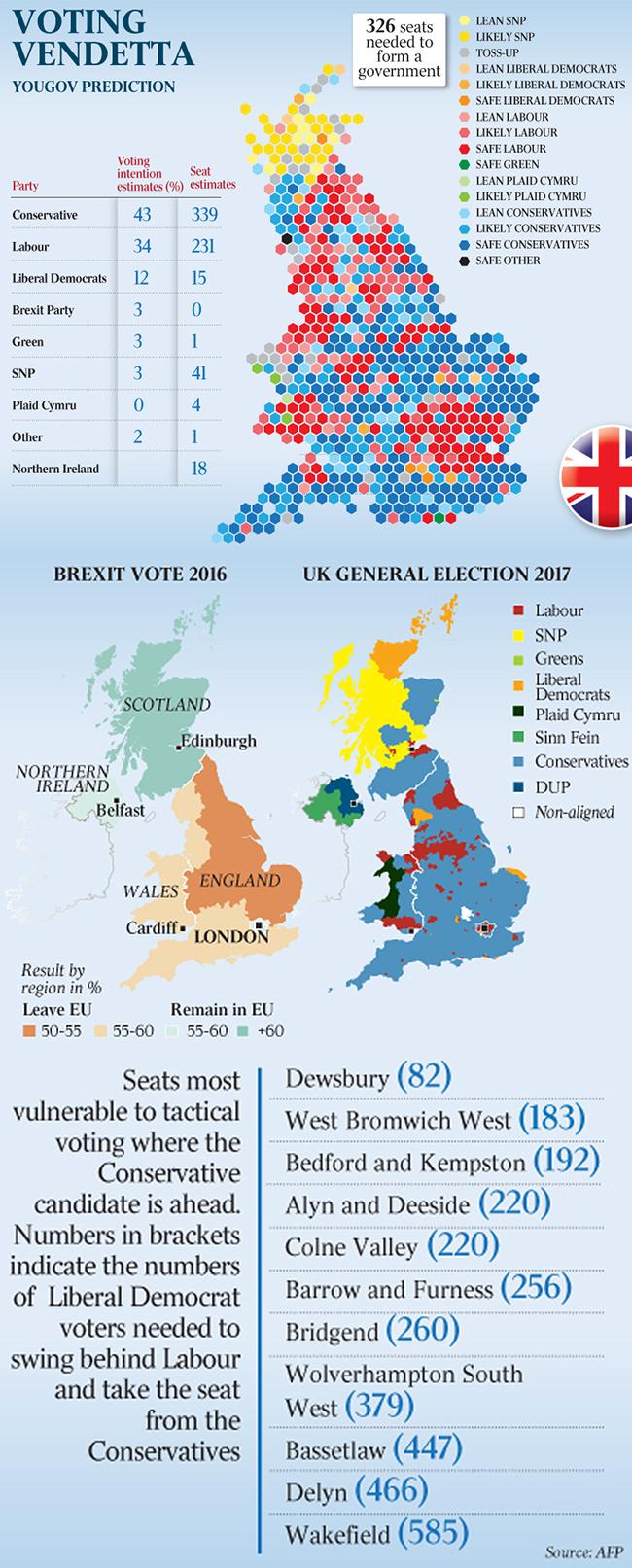
-
BRITISH ELECTION GUIDE
As the UK election results unfold throughout Friday AEDT there are key seats that will give a clue as to how the various electoral splits are playing out.
Polls open 7am in the UK and close at 10pm local time, which is 6pm Thursday night AEDT until 9am Friday morning.
Things to look for include the size of the turnout and the ages of those voting at polling stations. Younger voters are good signs for Labour. The older the voter, the more likely they are to vote Conservative. Around 46 million voters are registered to vote in the 650 constituencies.
A party will require 326 seats for a majority.
Before the election was called the Conservatives had 298 seats, Labour 243, SNP 35,Liberal Democrats 20, DUP 10, independents 24, Sinn Fein 7, Independent Group for Change, 5, Plaid Cymru 4, Greens 1, Speaker 1, vacant 2.
Current polls show the Tories on 41-46 percent of the vote; Labour 31- 36, Liberal Democrats 11-13, Brexit Party 3-4 percent, Greens, 2, SNP 3-4 percent.
Various seat results will highlight the relative influences of voters in each constituency and provide a guide as to whether the Brexit Leave or Remain, or traditional Tory/Labour splits are dominant. In Scotland there is another variable at play: Scottish independence; and of course there is the impact of 3.1 million new voters, most of them under 24, who registered on the electoral roll just before the cutoff.
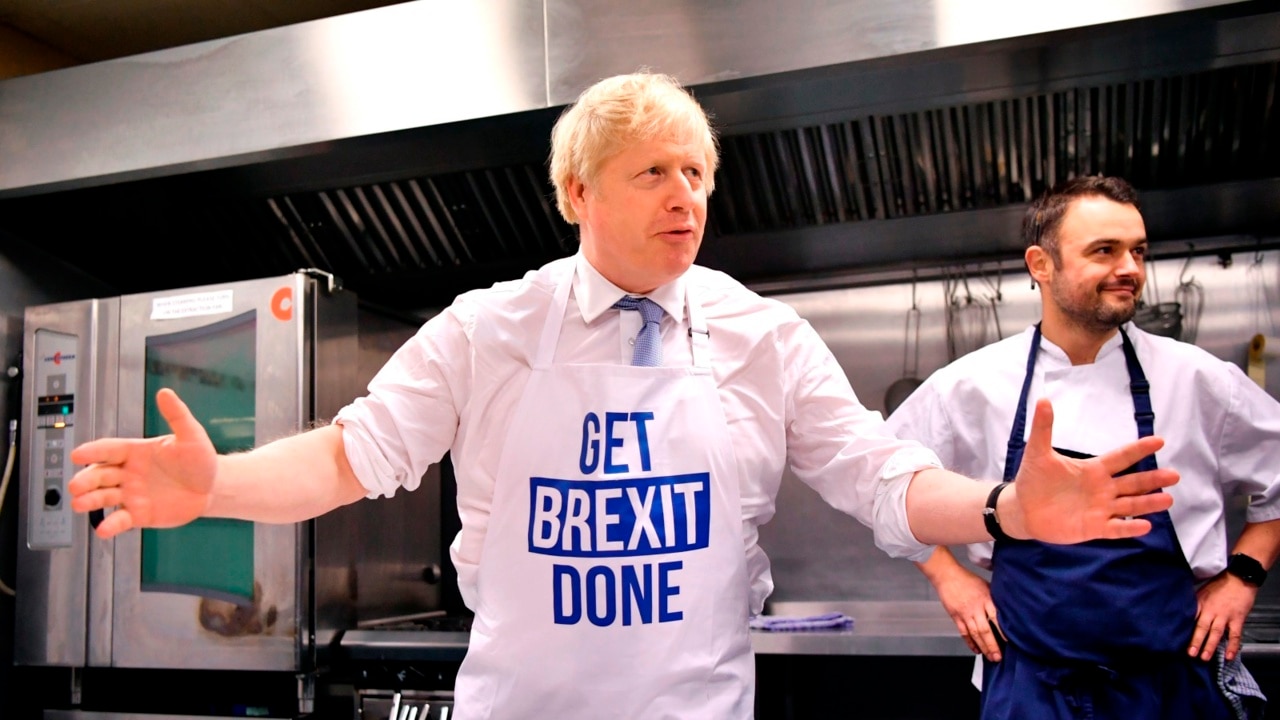
Seats to watch if the Tories are doing well:
There are around 46 existing Labour seats which strongly backed Leave which the Tories have targeted. But 32 of them are in the traditional Labour red belt of North England, the Midlands and Yorkshire and the Humber.
If Labour voters have overcome their lifelong aversion to the Tory party and backed Johnson’s plan to Get Brexit Done, look for Conservative wins in Dudley North, Newcastle under Lyme, Crewe and Nantwich, Barrow and Furness, Ashfield, Bishop Auckland, Ipswich, Stockton South, Wrexham, Vale of Clywd, Blackpool South and Great Grimsby.
Seats to watch where Labour and Liberal Democrats could pick up the Remain vote:
There are 17 strong Tory Remain seats where the Conservatives are in danger and results are expected to swing to Labour or the Liberal Democrats in Richmond Park, Finchley and Golders Green, Putney, Wimbledon, Stirling and Gordon, Chelsea and Fulham, Hendon,Chipping Barnet and Hastings and Rye
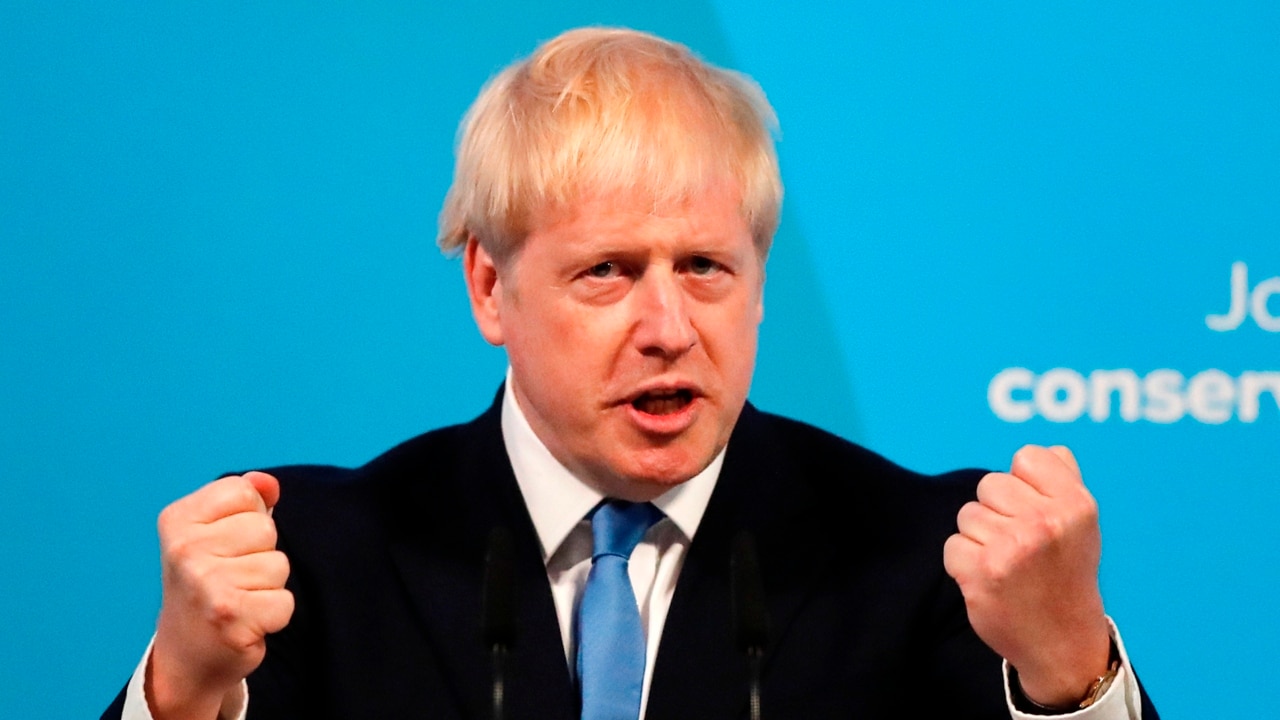
Seat to watch with three-way tussle:
Kensington, held by Labour’s Emma Dent-Coad by a majority of 20, is up against Conservative Felicity Buchan and the ex-Tory, now Liberal Democrat Sam Gyimah. It is too close to call.
Seats most vulnerable to tactical voting where the leading Conservative candidate could be toppled:
Numbers in brackets indicate the numbers of Liberal Democrat voters needed to swing behind Labour to give a Labour victory in that seat. If these seats start to fall away from the Tories, it looks increasingly like a hung parliament:

Dewsbury (requires 82 tactical votes for the seat to change from Conservative to Labour), West Bromwich West (183), Bedford and Kempston (192), Colne Valley (220), Barrow and Furness (256), Bridgend (260), Wolverhampton South West (379), Bassetlaw (447), Delyn (466), Wakefield (585).
Seats held by big names under threat:
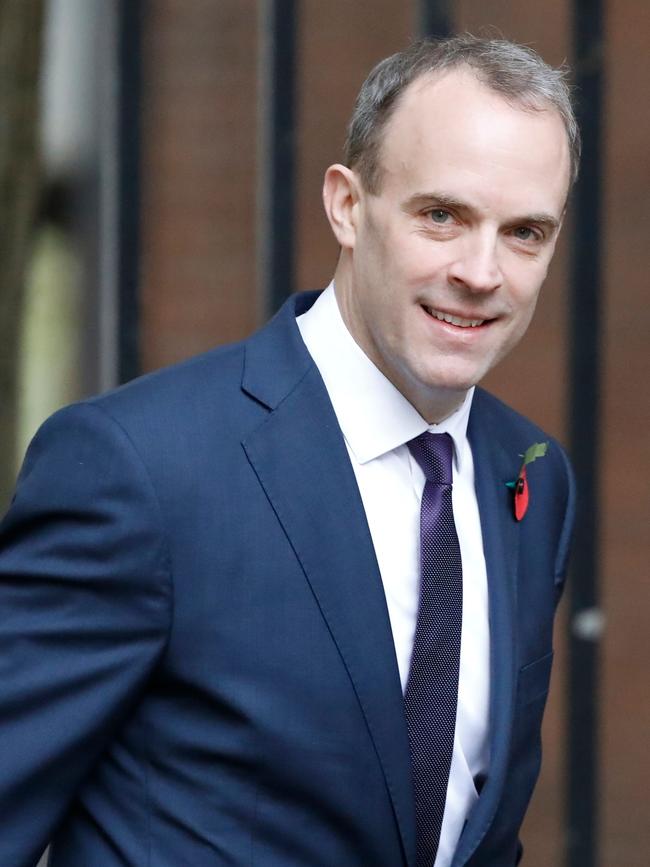
Brexit secretary Dominic Raab in Esher and Walton has seen a big 27,000 majority slimmed down to just two percent to the Liberal Democrat Monica Harding; Former Conservative party leader Iain Duncan Smith in Chingford and Woodford Green is pitted against Labour’s Faiza Shaheen with two percent between them.
London mayoral candidate and Conservative Zac Goldsmith in Richmond Park is forecast to lose to Liberal Democrat Sarah Olney; Brexiteer Steve Baker in Wycombe could be under threat with tactical voting switching to Labour candidate Khalil Ahmed; Brexiteer John Redwood in Wokingham is under pressure from Liberal democrat Philip Lee;
Conservative campaigner for men’s rights Philip Davies in Shipley could succumb to Labour’s Jo Pike; and Prime Minister Boris Johnson in Uxbridge and South Ruislip is facing strong student mobilisation behind his 25-year-old Labour rival Ali Milani.
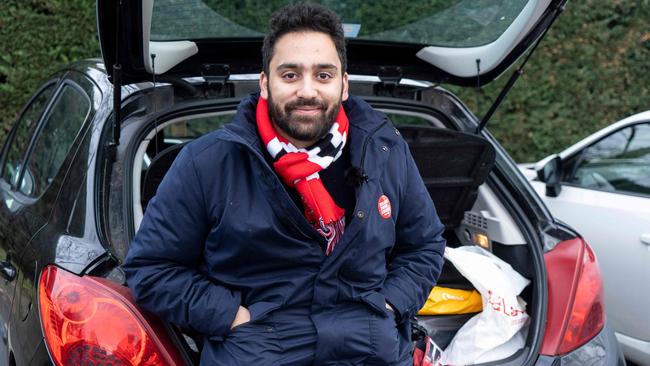
Seats to watch if new young voters are having an impact:
Labour Remain seats that have large rises in registered voters are Nottingham South, Nottingham East, and the London seats of Hackney, Dulwich, Vauxhall and Streatham.
Southampton Itch is a big Leave seat, but it is Tory marginal and held by just 31 votes, This election it has 7,284 new registered voters.


To join the conversation, please log in. Don't have an account? Register
Join the conversation, you are commenting as Logout